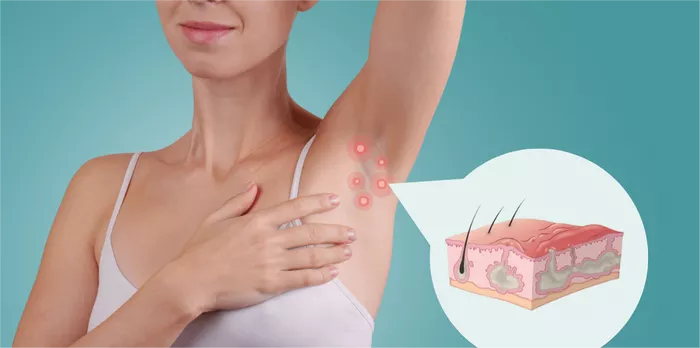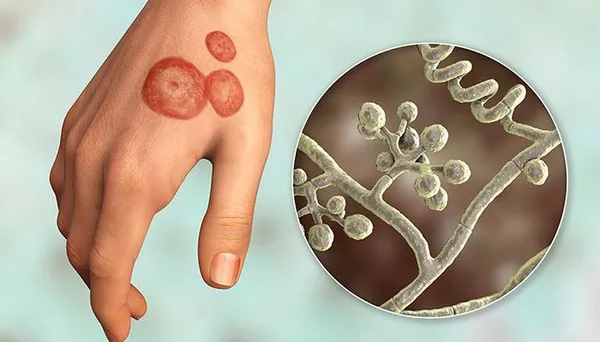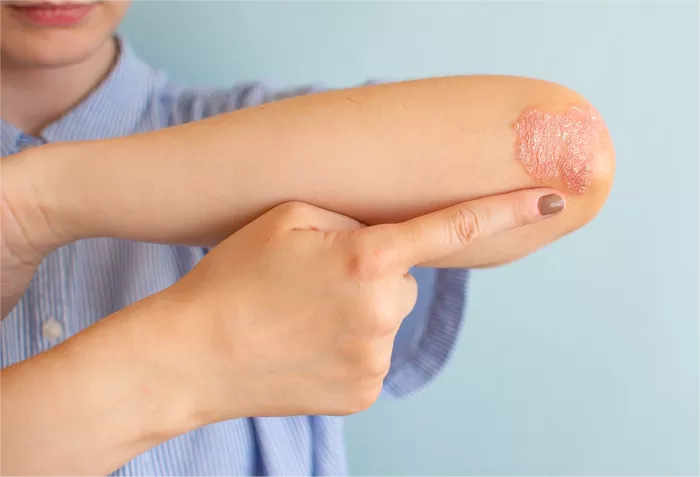Hidradenitis suppurativa (HS) is a chronic inflammatory skin condition characterized by the formation of painful nodules, abscesses, and tunnels beneath the skin, typically occurring in areas where skin rubs together, such as the armpits, groin, buttocks, and under the breasts. It is a debilitating condition that significantly impacts the quality of life of affected individuals. One common concern among those with HS is the potential for complications, including the development of cellulitis, a bacterial skin infection. In this article, we will explore the relationship between hidradenitis suppurativa and cellulitis, including the risk factors, symptoms, and treatment options associated with these conditions.
Understanding Hidradenitis Suppurativa
Hidradenitis suppurativa is a chronic inflammatory skin disorder that affects approximately 1% of the population worldwide. It typically begins after puberty and persists throughout adulthood, with symptoms ranging from mild to severe. The exact cause of HS is not fully understood, but it is believed to involve a combination of genetic, hormonal, and environmental factors.
The primary features of HS include the formation of painful nodules, abscesses, and sinus tracts in areas with a high concentration of apocrine glands, which are found in the armpits, groin, buttocks, and under the breasts. These lesions can rupture, leading to the drainage of foul-smelling pus and the formation of scars.
HS is associated with various comorbidities, including obesity, metabolic syndrome, smoking, and autoimmune diseases such as inflammatory bowel disease and rheumatoid arthritis. Additionally, individuals with HS have an increased risk of developing other skin conditions and infections due to compromised skin integrity and impaired immune function.
What is Cellulitis?
Cellulitis is a bacterial skin infection that affects the deeper layers of the skin and subcutaneous tissues. It is typically caused by bacteria such as Staphylococcus aureus or Streptococcus pyogenes entering the skin through a break or crack, such as a cut, wound, or ulcer. Cellulitis is characterized by redness, swelling, warmth, and tenderness of the affected area, often accompanied by fever and chills.
Cellulitis can occur anywhere on the body but is most commonly found on the lower legs. However, it can also develop in areas affected by hidradenitis suppurativa, particularly in areas prone to friction and moisture.
The Link Between Hidradenitis Suppurativa and Cellulitis
The chronic inflammation and compromised skin barrier associated with hidradenitis suppurativa can predispose individuals to secondary bacterial infections such as cellulitis. The presence of open wounds, draining sinuses, and scar tissue in areas affected by HS creates opportunities for bacteria to enter the skin and cause infection.
Moreover, the bacterial colonization commonly observed in hidradenitis suppurativa lesions, including Staphylococcus aureus and anaerobic bacteria, further increases the risk of cellulitis development. These bacteria can proliferate in the warm, moist environment characteristic of HS lesions, leading to recurrent infections and complications.
Risk Factors for Cellulitis in Hidradenitis Suppurativa
Several factors increase the likelihood of developing cellulitis in individuals with hidradenitis suppurativa:
1. Severity of HS: The presence of extensive lesions, chronic inflammation, and recurrent flare-ups in individuals with severe HS increases the risk of secondary infections such as cellulitis.
2. Obesity: Obesity is a common comorbidity in hidradenitis suppurativa and is associated with an increased risk of cellulitis due to impaired lymphatic drainage, compromised immune function, and skin-to-skin friction.
3. Immunosuppression: Certain medications used to treat hidradenitis suppurativa, such as corticosteroids, immunosuppressants, and biologic agents, can weaken the immune system and predispose individuals to infections such as cellulitis.
4. Poor Wound Healing: The chronic nature of hidradenitis suppurativa and the presence of non-healing wounds and sinus tracts impair the skin’s ability to heal, making it more susceptible to bacterial invasion and infection.
5. Smoking: Tobacco smoking is a known risk factor for both hidradenitis suppurativa and cellulitis, as it impairs immune function, reduces tissue oxygenation, and delays wound healing.
Symptoms and Diagnosis
The symptoms of cellulitis in individuals with hidradenitis suppurativa are similar to those observed in the general population and may include:
- Redness and warmth of the affected area
- Swelling and tenderness
- Pain or discomfort
- Fever and chills
- Pus or drainage from the skin
Diagnosing cellulitis in individuals with hidradenitis suppurativa may be challenging due to the overlapping clinical features of both conditions. Healthcare providers must carefully evaluate the patient’s medical history, perform a thorough physical examination, and consider additional diagnostic tests, such as wound cultures, blood tests, or imaging studies, to confirm the diagnosis and identify the causative bacteria.
Treatment Approaches
The management of cellulitis in individuals with hidradenitis suppurativa involves a multidisciplinary approach aimed at controlling the underlying HS symptoms, treating the bacterial infection, and preventing recurrence. Treatment options may include:
1. Antibiotics: Empirical or targeted antibiotic therapy is the cornerstone of cellulitis treatment and should be selected based on the severity of infection, local resistance patterns, and patient-specific factors. Oral or intravenous antibiotics may be prescribed for several days to weeks, depending on the extent and severity of the infection.
2. Wound Care: Proper wound care is essential for promoting healing and preventing secondary infections in individuals with hidradenitis suppurativa. This may involve gentle cleansing of the affected area with antiseptic solutions, application of topical antibiotics or dressings, and avoidance of tight-fitting clothing or irritating fabrics.
3. Pain Management: Pain associated with cellulitis and hidradenitis suppurativa can be managed with over-the-counter or prescription analgesics, such as nonsteroidal anti-inflammatory drugs (NSAIDs) or opioid medications, as needed. Topical treatments containing lidocaine or benzocaine may also provide symptomatic relief.
4. Surgical Intervention: In severe or recurrent cases of hidradenitis suppurativa complicated by cellulitis, surgical intervention may be necessary to drain abscesses, excise scar tissue, or remove affected skin areas. Surgical procedures such as incision and drainage, debridement, or wide local excision may be performed by dermatologists or general surgeons to improve symptoms and prevent complications.
5. Lifestyle Modifications: Lifestyle modifications aimed at reducing friction, moisture, and bacterial colonization in hidradenitis suppurativa-affected areas can help prevent cellulitis and other secondary infections. These may include maintaining good hygiene practices, wearing loose-fitting clothing made of breathable fabrics, avoiding excessive sweating, and quitting smoking.
Conclusion
Hidradenitis suppurativa is a chronic inflammatory skin condition that predisposes individuals to secondary bacterial infections such as cellulitis. The chronic nature of HS, compromised skin barrier, and bacterial colonization in affected areas increase the risk of cellulitis development, particularly in individuals with severe disease or predisposing factors such as obesity, immunosuppression, or smoking.
Early recognition and prompt treatment of cellulitis in individuals with hidradenitis suppurativa are essential for preventing complications, promoting healing, and improving the quality of life of affected individuals. A multidisciplinary approach involving dermatologists, infectious disease specialists, and wound care professionals is often necessary to manage cellulitis effectively and address the underlying HS pathology.
By raising awareness of the link between hidradenitis suppurativa and cellulitis and implementing comprehensive management strategies, healthcare providers can improve outcomes and reduce the burden of these debilitating conditions on affected individuals and healthcare systems alike.























